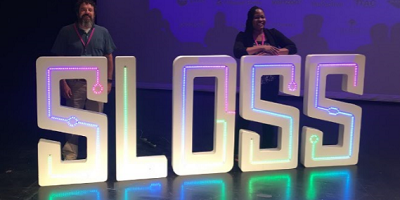Personality tests are growing in popularity thanks to social media. It’s true that personality tests can provide insight into how someone makes decisions or views the world.
People often take personality tests for fun or when being vetted by potential employers. They cover a wide range of topics, from how you perceive risk to how you like to lead and communicate. Often, the goal is to uncover how someone might behave in a certain situation and shed light on emotional intelligence.
There are more than 2,000 personality tests on the market. Here is an overview of some of the more common personality tests and what they’re designed to tell you.
Myers-Briggs type indicator
One of the most popular tests in the world, with two million people taking it every year, the Myers-Briggs Type Indicator (MBTI) is commonly used by consultant firms. First published in 1962 by Katharine Briggs and her daughter Isabel Briggs Myers, it classifies someone’s personality type along four distinct axes: introversion/extroversion; sensing/intuition; thinking/feeling; and judging/perceiving. The instrument is inspired by Carl Jung’s Psychological Types. According to the MBTI, one person has one dominant preference in each of the four pairs, which can be uncovered through a series of questions. There are 16 possible combinations.
Enneagram
Are you an achiever or helper? An individualist or peacemaker? The Enneagram is designed to tell you. In total, there are nine possible types that someone can be in this personality profiling system, which hails from the Bolivian guru Óscar Ichazo’s teachings of self-development. Questions in the test are designed to uncover someone’s motivations, rather than actions.
DISC
The DiSC assessment (used by companies such as The New York Times) is based on the theoretical work of psychologist William Marston and is designed to identify behavioral differences related to a person’s dominance, influence, steadiness and conscientiousness. It’s 12-questions-long and takes about 10 minutes to complete.
The color code personality profile
The Color Code Personality Profile is a test that, through a series of 45 questions, divides someone’s personality into one of four colors and its related trait: red/power, blue/intimacy, white/peace and yellow/fun. The test was first published by psychologist Taylor Hartman in the late 1980s.
Big five
Big Five tests focus on five personality traits: extraversion, agreeableness, conscientiousness, emotional stability and openness to experience. Some psychologists advocate for Big Five testing over other personality tests for several reasons, including that it was developed using the scientific method and measures personality traits from low to high as opposed to qualifying test-takers into types.
Why do companies use personality assessments?
Companies use personality tests with employees for a number of different reasons. A consultant firm might want to see if someone will fit into a company’s existing culture; another organization could be interested in learning what motivates an employee or wants to diversify its workforce by hiring people who think and act differently from one another. In addition, personality tests are often used by companies to assess someone’s strengths and weaknesses.
It’s uncommon for the results of a personality test to determine someone’s qualifications for a job. Typically, results are taken into consideration in addition to an applicant’s experience, education, skills and interview performance.
Are personality tests accurate?
In addition to being time-consuming (the current North American English version of the Myers-Briggs test, for example, includes 93 questions), most personality tests aren’t going to be 100 percent accurate.
Whether you are taking a personality test just for fun or when applying for a job, it’s best to view the results realistically and with caution. On one hand, a personality test may help you confirm and understand aspects of your personality in ways that can improve your personal and professional relationships. On the other, it’s important to recognize that there are a number of factors that contribute to a person’s unique identity that can’t be tested or measured.
Interested in finding out more about yourself? Learn about the importance of knowing your strengths and weaknesses.
SM.1535769.01.20





 To exercise your privacy choices,
To exercise your privacy choices,